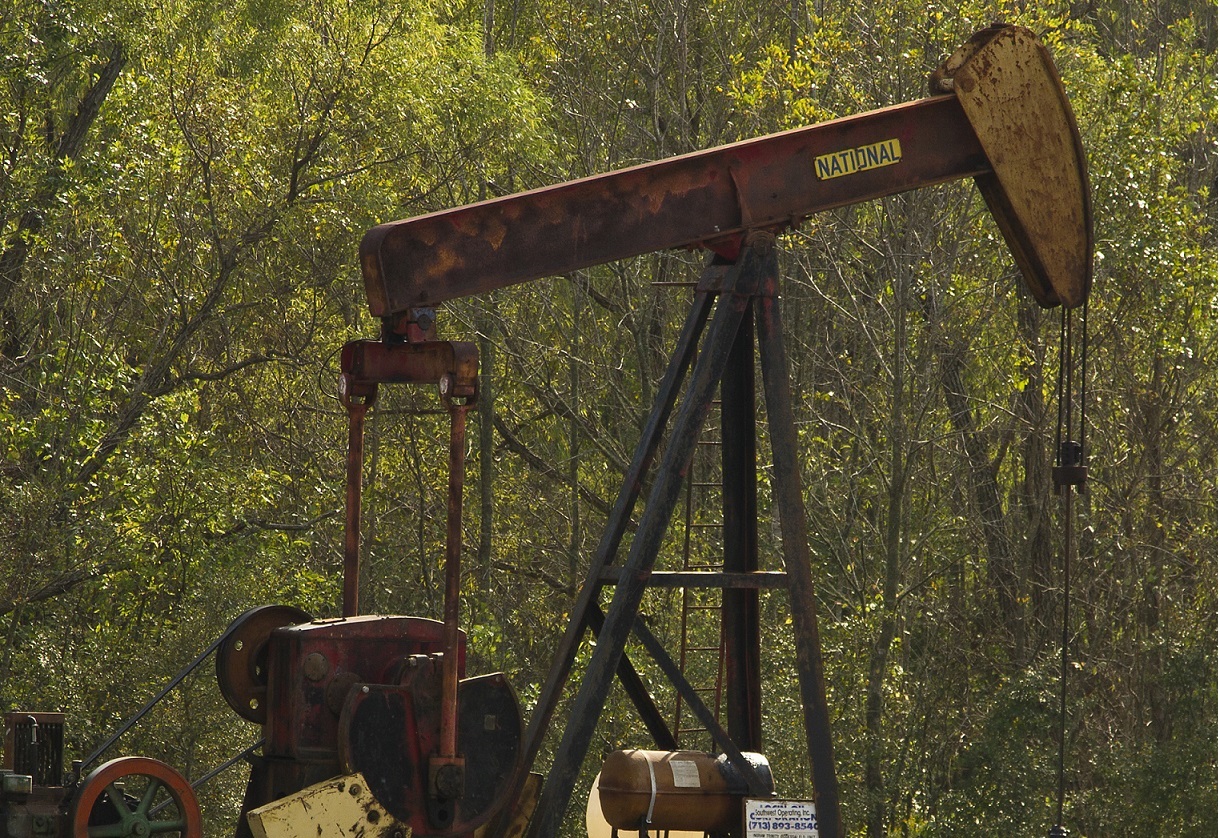Throwback Thursday: From the Vault
Image courtesy of Ray Bodden.
The mention of “fossil fuels” in an environmental context raises many images. Seabirds unable to fly as their wings drip black sludge, forests cut to clear space for drilling, pipelines dripping black into the earth – these don’t make a pretty picture. But is there a way for fossil fuels to actually help the environment?
In 1995, Pamela Snyder and Jane Shaw looked at an example where drilling could potentially benefit the environment in the Wall Street Journal. The National Audubon Society seeks to conserve and restore natural ecosystems, focusing on birds, other wildlife, and their habitats for the benefit of humanity and the earth’s biological diversity. They are a major player in the fight to protect the Arctic National Wildlife Refuge (ANWR) and other fragile habitats from drilling. Yet the Audubon Society allowed oil drilling on land they owned, and it ended up being a net benefit for the environment.
When natural gas was discovered in a marsh just west of the Audubon’s Paul J. Rainey Sanctuary in 1940, the society made arrangements to allow carefully monitored drilling on their land. Between 1950 and 2000, nearly 40 wells pumped natural gas and oil from the sanctuary in Louisiana, producing more than $25 million in revenues for the Society. The Audubon Society was able to ensure the drilling had a minimal impact on the land, and the revenues were used to purchase additional land for conservation and maintain current lands. However, when asked why they would allow drilling on their land but not on ANWR, they twisted the story and said they were compelled to allow drilling within Rainey.
Snyder and Shaw asked, “Why isn’t Audubon headquarters forthright about Rainey?”
The answer is image. Audubon sees itself as protector of nature and these days takes the position that energy development is exploitation of nature.
Yet Audubon’s experience at Rainey clearly demonstrates the feasibility of extracting natural gas from land without causing environmental harm. The refuge serves as a resting and feeding ground for over 100,000 migrating snow geese. It is home to ducks, wading birds, deer, shrimp, crab, and fish. Not only has there been no measurable damage from drilling, but the income has enabled Audubon to undertake a marsh management program it could not have adopted otherwise.
…
So what should be the policy for ANWR? One approach is to give environmental groups such as Audubon the opportunity to bid on government oil and gas leases. As lessees, Audubon would essentially have ownership control. Both the costs and benefits would belong to Audubon, as they do at Rainey. Audubon could choose to not develop the resources or to allow drilling on its own terms.
The incentives facing property owners encourage balance and creative solutions, while public land engenders political confrontation. Rainey needn’t be an embarrassment to the Audubon Society. It should be a flagship.
Today, drilling on environmentally-sensitive lands remains a hot-button issue. It is cast as a question with only two polarizing outcomes: conserve the environment or drill, baby, drill? The Rainey Sanctuary demonstrates that it doesn’t have to be one or the other. Private ownership gives environmental groups a reason to balance conservation with resource development in a way that has a net benefit to the environment, whereas under public ownership, the incentives for compromise are practically zero because control is always up for grabs in a “winner takes all” situation.
When environmental groups bear the costs of managing their own lands, their behavior is often very different from what they advocate on publicly owned lands, such as with ANWR. The experience of the Audubon Society suggests that, if managed properly, there are ways that drilling on a small area of land can provide funding for a vast amount of other restoration and conservation work. Political environmentalism we pits resource development against environmental stewardship, but establishing property rights for environmental groups can help make balanced drilling work for conservation.
Update
In 2001, the last of these leases at the Rainey Preserve expired. However, The Audubon Society has more recently allowed oil to be produced from a drill on private property that slants into its Bernard Baker Sanctuary in Michigan. For more on this and how bird watchers and oil drillers could cooperate today, see “Cooperation between Bird-watchers and Hot-rodders” by Michael Gibberson.
Read More
The Audubon case shows how environmental groups can harness market demand for fossil fuels to fund conservation efforts. Fossil fuels can also help another way. Ecomodernmists argue that energy intensification can improve land-use efficiency, allowing more land to return to nature. See “How Humans Spare Nature” by Linus Blomqvist.




